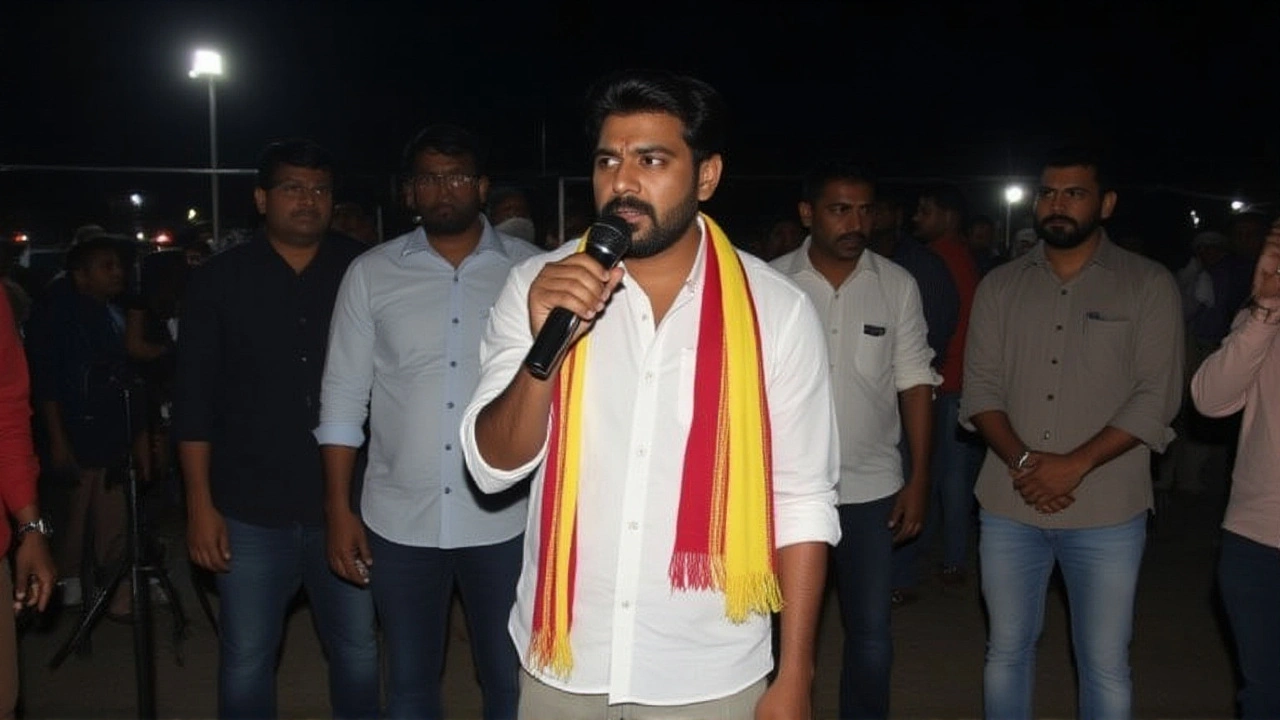Karur Stampede – What Happened and Why It Matters
When reviewing Karur stampede, the deadly crowd crush that occurred on March 7, 2024 in Karur, Tamil Nadu, India, claiming more than 30 lives and injuring dozens, exposing major gaps in crowd‑control practices. Also known as Karur crowd disaster, it sparked nationwide debates about event safety and forced officials to rethink how large gatherings are managed. The tragedy shows how quickly a festive atmosphere can turn lethal when planning, monitoring, and communication break down.
At its core, the incident is a stark reminder of the importance of crowd safety, the set of practices designed to prevent overcrowding, ensure orderly movement, and provide safe egress for attendees. In Karur, inadequate barrier placement, insufficient police presence, and a lack of real‑time crowd density monitoring created bottlenecks near the entrance of the temple. When a sudden surge hit the narrow passage, panic spread, and the crush became unstoppable. This failure illustrates the first semantic triple: Karur stampede encompasses crowd safety failures. Proper crowd‑safety protocols—like staggered entry times, clear signage, and trained stewards—could have reduced pressure points and given security teams a chance to intervene.
Key Lessons from the Karur Stampede
Beyond the immediate disaster management, the coordinated effort to prepare for, respond to, and recover from large‑scale emergencies challenges, the event highlighted gaps in emergency response. First responders arrived minutes after the crush began, but without a unified command structure, their efforts were fragmented. The second semantic triple—Effective disaster management requires rapid emergency response—became evident as delayed medical aid increased fatalities. Investing in a clear incident‑command system, pre‑positioned medical kits, and quick‑deployment rescue teams can dramatically cut loss of life in similar scenarios.Relatedly, emergency response, the actions taken by medical, fire, police, and volunteer services to mitigate harm during a crisis must be rehearsed and integrated with event organizers. In Karur, the lack of a real‑time communication channel between police, on‑site staff, and nearby hospitals hampered triage. The third semantic triple—Emergency response teams mitigate the impact of stampedes—shows that training drills, shared radio frequencies, and mobile alert apps can bridge that gap. When responders know exactly where the crush is developing, they can focus resources where they matter most.
The final piece of the puzzle lies in public event planning, the comprehensive process of designing, organizing, and executing gatherings while accounting for safety, logistics, and community impact. Effective planning incorporates risk assessments, crowd‑flow modeling, and contingency scenarios. In Karur, planners overlooked the venue’s limited exit capacity and failed to engage local authorities early in the process. The fourth semantic triple—Public event planning influences crowd safety outcomes—captures how proactive design can prevent bottlenecks before they appear. Modern tools like simulation software, drone‑based crowd monitoring, and AI‑driven density alerts are becoming standard for large events, and their adoption could have altered the Karur outcome.
All these entities – crowd safety, disaster management, emergency response, and public event planning – are tightly interwoven. The Karur stampede serves as a painful case study that illustrates how a weakness in any one area can cascade into a full‑blown tragedy. By examining each component, officials, organizers, and community leaders can develop a more resilient framework that protects crowds without stifling the cultural and religious gatherings that bring people together.
Karur stampede remains a somber reminder, but it also offers a roadmap for change. Below you’ll find a curated selection of articles that dive deeper into each of these themes, from on‑the‑ground reports to expert analysis of safety technologies and policy reforms. Explore the collection to see how lessons from Karur are shaping safer events across the region and beyond.
A deadly stampede in Karur killed 41 during a TVK rally; the FIR blames party leaders for crowd‑control failures while actor‑politician Vijay remains unnamed, sparking legal and political debate.
More
